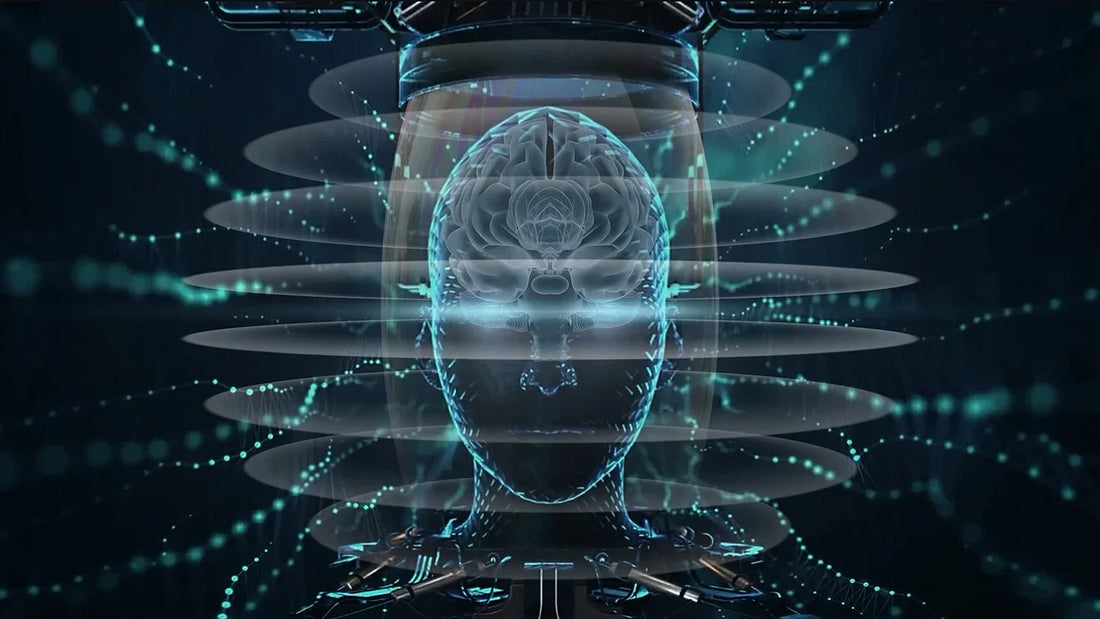
Top 4 AI Chips for Robots
As robots become more sophisticated, the demand for powerful AI chips capable of handling real-time computations, sensor integration, and machine learning grows exponentially. These chips are the backbone of modern robotics, enabling machines to perceive their environments, make decisions, and interact autonomously. In this blog post, we’ll explore the top four AI chips that are shaping the future of robotics.
1. NVIDIA Jetson Series(AI Chips for Robots)

NVIDIA’s Jetson platform is arguably one of the most powerful AI chips for robotics. With its high-performance GPUs, CPUs, and memory, the Jetson family is designed to handle demanding tasks such as deep learning, real-time computer vision, and sensor fusion. Jetson modules, such as the Jetson AGX Xavier and Jetson Orin, are optimized for autonomous machines that need to process large amounts of data in real time, like robots, drones, and smart surveillance systems.
The Jetson AGX Xavier packs a remarkable 512-core GPU and an 8-core ARM CPU, which allows robots to perform simultaneous AI tasks like object recognition, path planning, and decision-making without lag. This chip supports both training and inference of AI models, making it versatile enough to handle both pre-programmed and adaptive behaviors.
Moreover, the Jetson platform supports various AI frameworks such as TensorFlow, PyTorch, and Caffe, giving developers the flexibility to choose the tools best suited for their robotics projects.
Use case: Autonomous drones, industrial robots, and humanoid robots for real-time decision-making and complex environment interaction.
Here is JETSON Motherboard Computing Power Ladder Chart:

2. Intel Movidius Myriad X VPU(AI Chips for Robots)

Intel’s Movidius Myriad X VPU (Vision Processing Unit) is designed for computer vision and edge AI applications. It is an ideal choice for robots that require advanced visual processing capabilities, such as facial recognition, object tracking, and 3D mapping.
The Myriad X VPU boasts 16 programmable SHAVE (Scalable Heterogeneous Accelerator Vector Engine) cores, which are specifically built for high-speed image processing. This chip is optimized for low power consumption while delivering exceptional performance, making it an excellent choice for battery-powered robots like drones or mobile assistants. The Myriad X is capable of running deep learning models locally, enabling real-time vision processing without relying on cloud computing.
Its hardware acceleration for neural networks enables edge AI applications, allowing robots to make intelligent decisions based on what they “see” in real time.
Use case: Service robots, drones, and autonomous vehicles that require powerful vision and object recognition.
Here is Intel Movidius Myriad X VPU Motherboard Computing Power Ladder Table:
Intel Movidius Myriad X VPU

3. Qualcomm Snapdragon 8cx Gen 3(AI Chips for Robots)

The Qualcomm Snapdragon 8cx Gen 3 is a powerful AI chip built for embedded systems and mobile robots. Qualcomm’s Snapdragon chips are known for their balance of performance and energy efficiency, making them well-suited for robots that require constant operation without excessive power draw.
With its octa-core CPU and integrated AI Engine, the Snapdragon 8cx Gen 3 is capable of accelerating AI workloads such as natural language processing, speech recognition, and computer vision. It also includes dedicated AI hardware, which allows for faster and more efficient deep learning and machine learning tasks.
One of its standout features is its Hexagon DSP (Digital Signal Processor), which accelerates AI processing in parallel with the main CPU, ensuring that robots can handle complex tasks while maintaining low power consumption. This chip is ideal for mobile and autonomous robots, especially those with real-time communication or interactive capabilities.
Use case: Consumer robots like smart assistants, interactive humanoids, and mobile robots requiring energy efficiency and strong AI processing.

4. Apple A15 Bionic Chip(AI Chips for Robots)

While Apple’s A15 Bionic chip is most commonly associated with its smartphones, it also packs impressive AI processing capabilities that make it an attractive option for robotics. The chip’s 16-core Neural Engine is designed to accelerate machine learning models, enabling fast and efficient on-device AI computations.
The A15 Bionic supports a variety of AI tasks like facial recognition, object detection, and augmented reality (AR), all of which are crucial for human-robot interaction and autonomous behavior in humanoid robots. It is particularly beneficial for robots that need to perform tasks involving both vision and complex decision-making in real-time.
Despite being primarily intended for mobile devices, the A15’s compact design, high performance, and low power consumption make it an excellent option for small-form-factor robots, such as personal assistants or robotic toys.
Use case: Personal robots, interactive assistants, and educational robots where high-efficiency AI processing is required in a compact form.

Conclusion
AI chips for robots are at the heart of modern robotics, enabling machines to think, learn, and adapt to their environments. The NVIDIA Jetson series stands out for high-performance computing, while Intel’s Movidius Myriad X excels in vision processing. Qualcomm’s Snapdragon 8cx Gen 3 offers a balanced solution for mobile robots with its energy-efficient AI engine, and Apple’s A15 Bionic chip brings high-speed machine learning to small robots with impressive processing powerChoosing the right AI chip depends on the specific requirements of the robot, including performance, power consumption, and the type of tasks the robot needs to perform. As the robotics field evolves, these chips will continue to play a critical role in enabling more intelligent, autonomous, and efficient robots.








